Headed to regionals on Friday, Michigan Technological University's Steel Bridge Team prepares for the 31-year-old North American engineering competition by shaving both build time and their team captain's beard.
The annual national event, sponsored by the American Institute of Steel Construction (AISC) and American Society of Civil Engineers (ASCE), begins with a 10-university faceoff at the 2018 ASCE North Central Regional Competition, this year hosted by Western Michigan University. The specifications change every year. But the criteria for the 1:10 scale model, which replicates requirements for design, construction and performance of a safe and durable full-scale bridge, remain the same: display, stiffness, structural efficiency, construction economy and construction speed. As you might expect with a bridge challenge, there's also always a river.
Builders have to work around it. Stepping into the river can mean lost points, as can things like loose or missing nuts and bolts. The four-person build team wears carpenter aprons loaded with extras.

Michigan Tech Steel Bridge Team demonstrates how to assemble a bridge in seven minutes (or less).
The Build: Braces, Brackets and Bolts
"3-2-1—go!" Emma Beachy calls the start during a Monday night build practice. Four students sprint to the assembly area, marked off with blue tape on the brown floor of Michigan Tech's Dillman Hall basement. Two designated runners shuttle the pieces to team members erecting the approximately 150-pound, 17-foot long, four-by-four-foot structure, adroitly grabbing—almost without needing to look—the braces, brackets, footings and trusses laid out with surgical precision in the taped-off work area.

After each build, they evaluate what got stuck, what was tight, what went right and how to improve.
"How did it go?" asks mentor Michael Prast, head of bridge design, after the first run of the evening (there will be as many trials as the three-hour practice time allows).
"We packed her in good this time," says Weitermann.
"Don't be overzealous with the nuts and bolts," says Beachy, who along with Prast is mentoring the build team.
"It's important to build it fast and correct."
"We typically like to have juniors in leadership roles," says Prast. "Seniors continue to mentor but aren't relied upon to lead the team." Knowledge is passed along by transitioning new students into primary positions, rather than relying on the skills of same members each year until they graduate. Jeremy Dziewit, in his third year of competition, leads the build team. It's the second year for Daryn Carter, and the first for LeAnn Brinker and Alec Weitermann.
On the next run of the night, Beachy spots a potential rules violation.
"You were resting a significant portion of your body on the bridge," she cautions.
It's sweaty work. By the third run-through, the team is tired, but establishing a rhythm. The urgency is palpable, but the interactions remain calm and kind. "I'm caught," Dziewit calls, and gets help extricating his t-shirt off a bolt.
"I need my truss," Brinker says, as Weitermann hustles to hand off the piece. Another rule: loose bridge parts can't touch the floor.
As soon as they stop the clock, the group checks the bridge. "You're missing a nut and bolt," notes Naghtin. Nobody freaks out—they simply deconstruct how it could have been overlooked and how to ensure the error isn't repeated. The bridge will be moved from assembly directly to judging for weight-bearing capabilities, so every fastening point is crucial.
Mentors offer more encouragement. Builders are consistently hitting an average time of 8 minutes and 30 seconds. "All your runs today are better than Saturday," Prast tells them.
Times have improved steadily since the initial build. "It took us about 30 minutes the first time," says Carter.
There was strong motivation to cut build time: when the team hit 7 minutes 30 seconds (last week), team captain Naghtin shaved the beard he's been growing for three years. "I thought it was a fun way to push the team to do better, especially since none of the team had ever seen me without it," he says. "We intend to be building even faster by the time competition rolls around."
Bridge Design and Fabrication
The nine students at the three-hour build practices—five nights a week and on Saturdays—represent a fraction of the group. There are three teams within the steel bridge team: design, fabrication and build. Design and fabrication phases took place during fall and winter.
"The solution to this year's problem was primarily taken care of in the design process, which took us approximately 800 hours in eight weeks. The river is always a challenge to deal with, as its width and placement really affect the constructability of the bridge, one of the biggest considerations in the design process," says Naghtin.
This year's problem, as laid out in the official rulebook: design a limited access short span bridge along the lines of Portland's Bridge of the People, the first major U.S. bridge for bikes, pedestrians, mass transit and emergency vehicles. The fictional bridge, spanning the Willamette River, prohibits private motorized vehicles in order to serve communities, without overwhelming outdated roads in the former industrial districts on the riverbanks. As in the real world, restrictions, requirements and challenges abound, from the need to use high levels of recycled content to a smaller work zone, with materials and equipment remotely staged because of development on both sides of the river.
The team put in about 1,000 hours in 10 weeks to fabricate the bridge. In comparison, last year's bridge was fabricated in 900 hours over 11 weeks. "The reason for the time increase is because we really wanted to improve the quality of our fabrication, while decreasing the number of weeks it took us to complete fabrication," Naghtin says.
There's sometimes confusion, but neither steel bridge nor concrete canoe are Michigan Tech Enterprise Teams, although the timelines and goals of their projects seem similar. "We are simply a student group that has a passion for applying class-related material to real-life situations," says Naghtin.
Forty-four students showed up at the first organizational meeting of the year, enticed by the promise of valuable experience in skills including CAD design and welding.
From that group, membership stabilized at about 20. The 17 team members headed to regional competition are: Emma Beachy, 2018; Garth Bogart, 2019; Julie Bouwens, 2019; LeAnn Brinker, 2020; Daryn Carter, 2020; Derek Carter, 2020; Kelton Czyzio, 2021; Rachel Duffy, 2019; Jeremy Dziewit, 2018; James Hegel, 2018; Jonatan Hudy-Velasco, 2020; Aaron Kostrzewa, 2018; Gregory Naghtin, 2019; Michael Prast, 2018; Bailey Ramler, 2017; Samuel Rose, 2021; Noah Weichert, 2020; and Alec Weitermann, 2021.
Michigan Tech's Concrete Canoe team will also be at regionals in Kalamazoo this weekend. Look for the upcoming story on mtu.edu/news.
If the steel bridge team qualifies, they'll head to nationals at the University of Illinois at Urbana-Champaign May 25-26. Follow their progress on the Steel Bridge Team Facebook page. Concrete Canoe Team nationals are June 23-25 in San Diego, California.
Michigan Technological University is an R1 public research university founded in 1885 in Houghton, and is home to nearly 7,500 students from more than 60 countries around the world. Consistently ranked among the best universities in the country for return on investment, Michigan's flagship technological university offers more than 120 undergraduate and graduate degree programs in science and technology, engineering, computing, forestry, business, health professions, humanities, mathematics, social sciences, and the arts. The rural campus is situated just miles from Lake Superior in Michigan's Upper Peninsula, offering year-round opportunities for outdoor adventure.
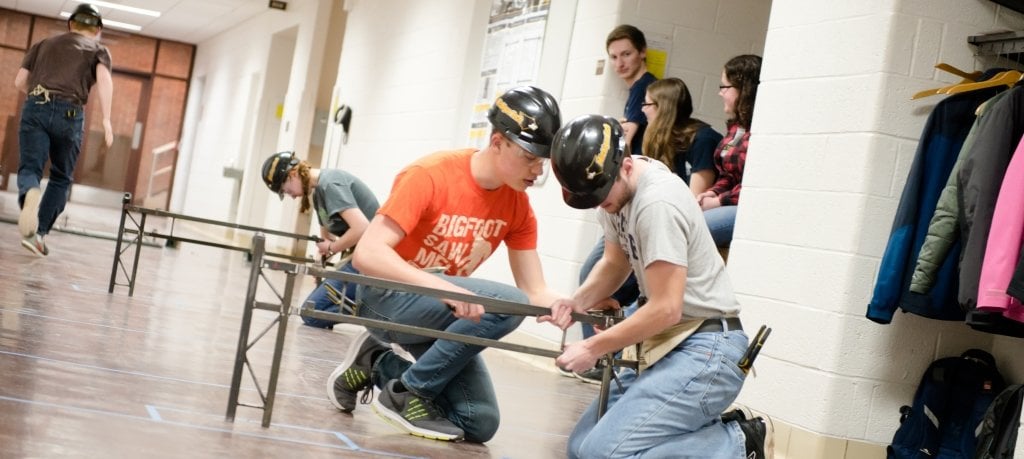








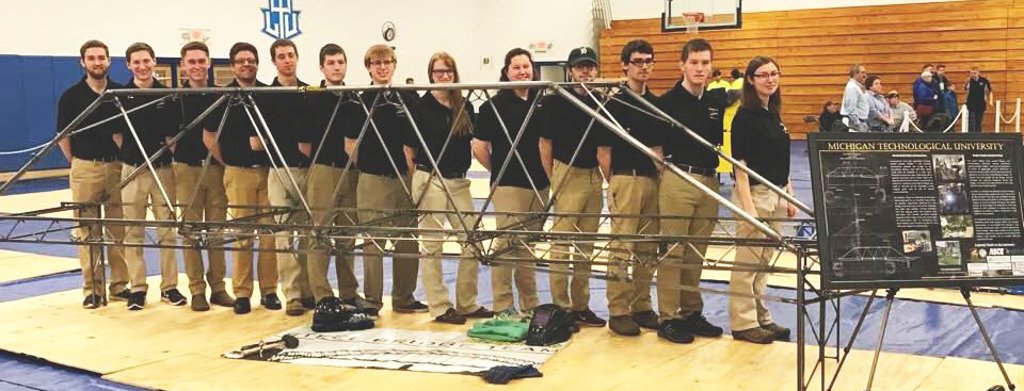
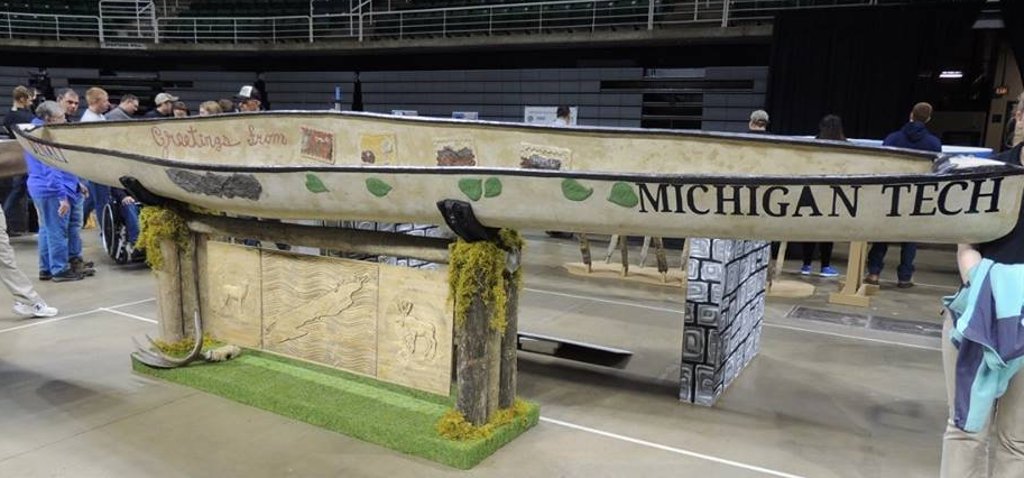
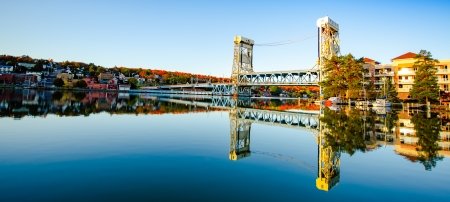
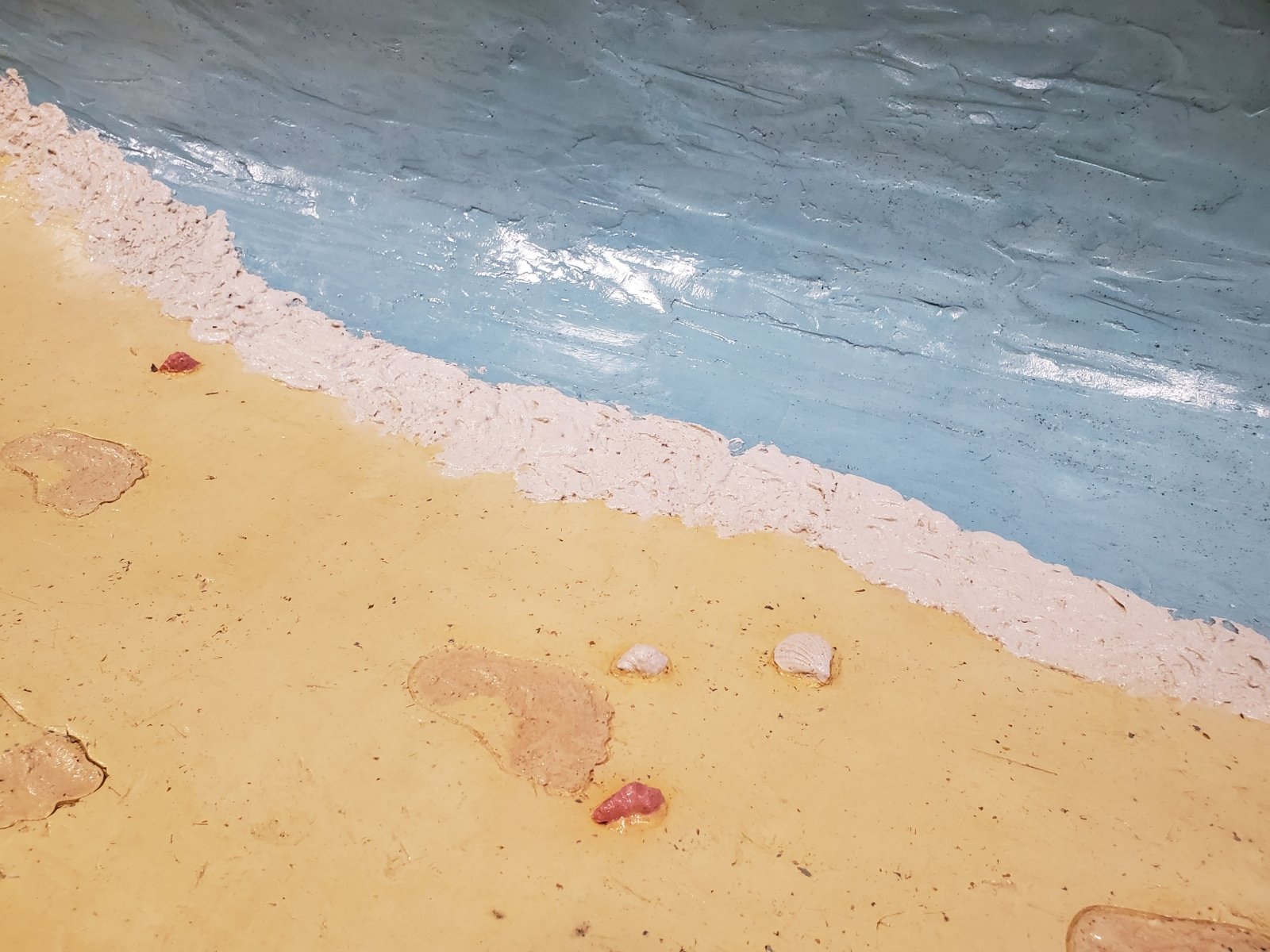
Comments